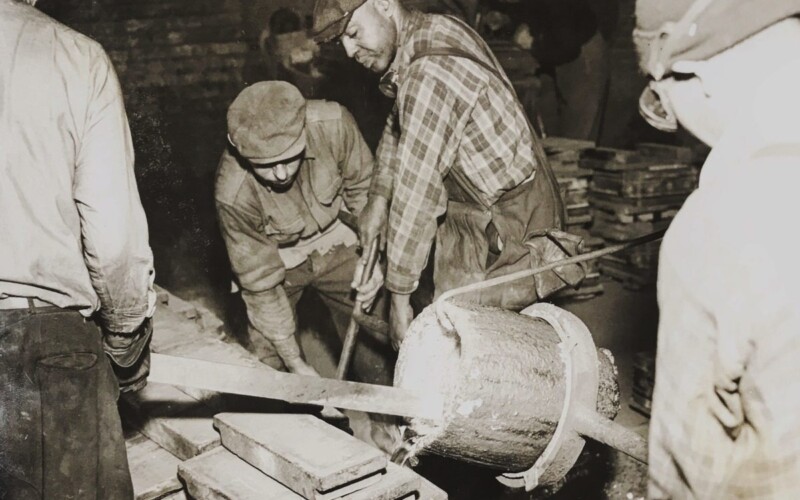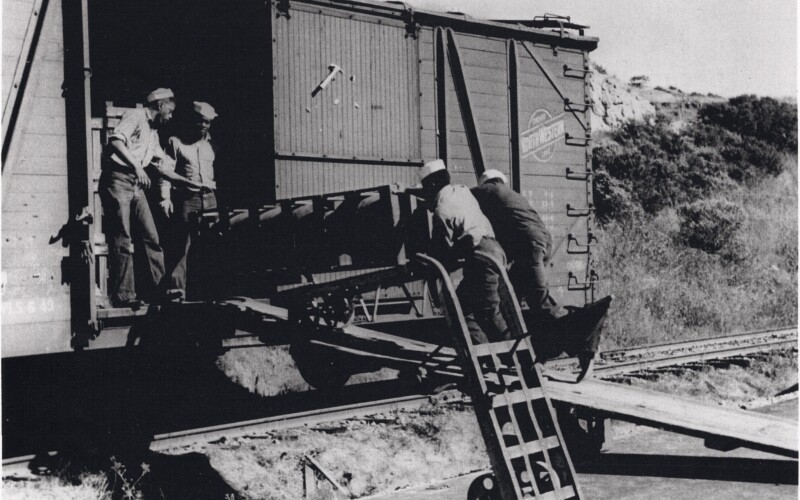We have experience hosting a range of audiences, from college classes to birthday parties to company outings, and we customize our tours to meet your group’s interests and needs.
Book a private tour today
On the eve of Veterans Day, join us as we explore Brooklyn’s homefront during World War II through the experiences of those who worked at the Brooklyn Navy Yard. Center …
Read more

This summer marks the 70th anniversary of the tragic events of Port Chicago, California, the worst home front disaster of World War II. 320 people were killed, most of them US Navy sailors, …
Read more
